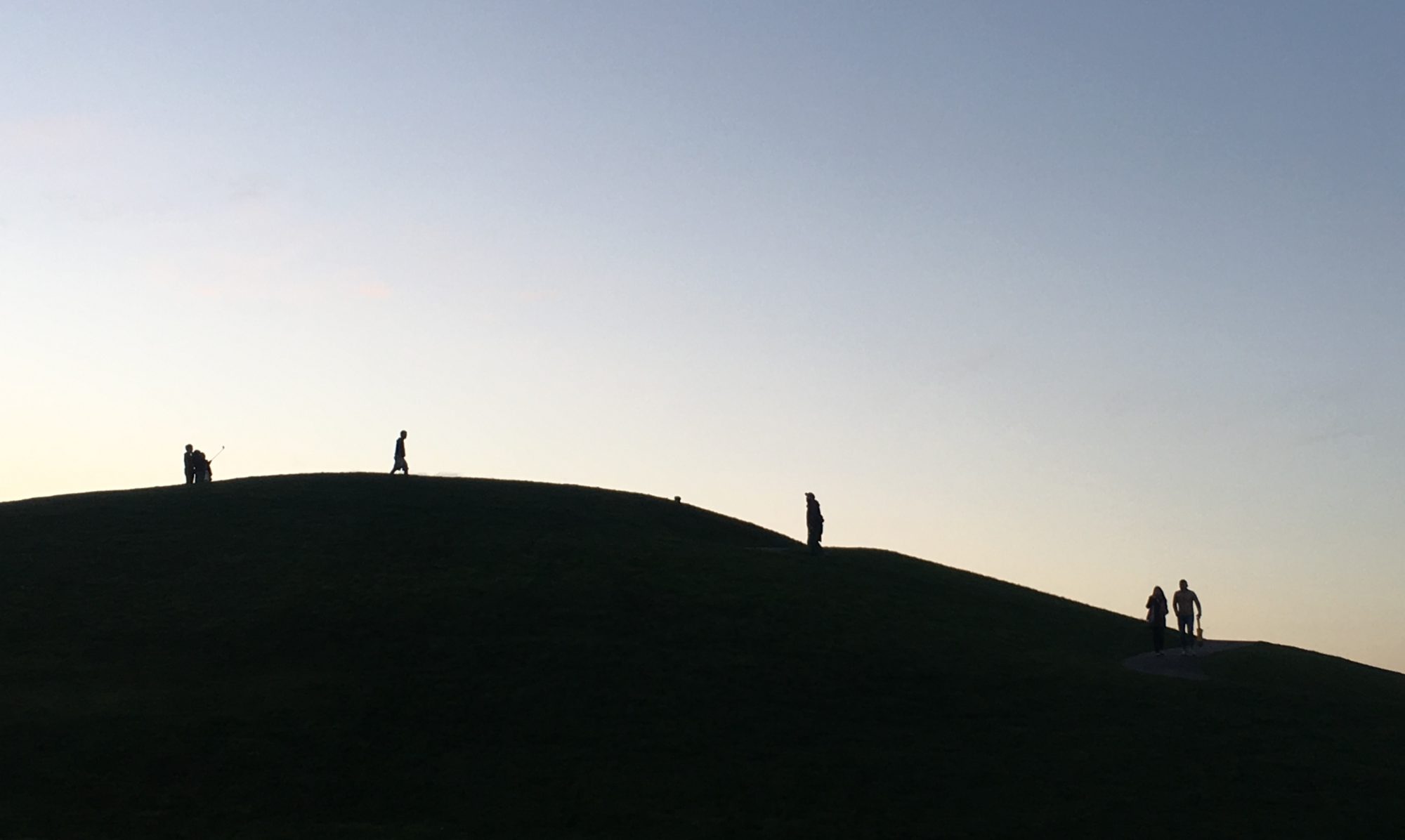After writing my last post, I realized I haven’t really stated my own theory of morality in a concise way. So: I think each of us have a responsibility to not deny other individuals their own right to express themselves as individuals. Put in a more positive vein, we each have a responsibility to allow other beings to act in their own way – because each of us wishes to act in our own way. Others actions may be distasteful to us, but then again, my father taught me very early of the principle of de gustibus non est disputandum – in matters of taste, there can be no dispute. He used to joke that it is the unofficial family motto: we’ll put it on our coat of arms once we ever merit having such a thing. We all have our tastes – we all like some things and dislike others. But while we can discuss those differences in taste to our hearts content, and passionately hold our tastes and passionately feel others’ preferences are just wrong, we have no right to prevent others from enjoying them. Tastes are not moral; they just are. Morality exists in the actions in which we give others the space to express their tastes – which is morally positive activity – and immorality exists in the actions in which we withhold from others the space to express their tastes. Continue reading “Morality and the vanished artist”
Morality and the artist
Caravaggio painted some of the most exquisite paintings in history. His command of color – back in the era when artists had to create their own pigments, often crafting their own brushes as well, with far less range than is possible in today’s chemical world – is still almost unsurpassed, and his ability to create darkness and light is just breathtaking. Literally: I can remember once about ten years ago when the National Gallery in London had an exhibition of his work, the first time I had really seen it, and I stood in front of Cardsharps and just stopped breathing for a few seconds, taken out of myself by the way the thick black velvet tunic of the mark seemed to shimmer, eighteen different shades of black tuned with what, some grey, some white to indicate the folds?, and took note of how the shadows on the wall were black but not the same kind of black, not the black of Gibson Stuart’s backgrounds on the portraits of the founding fathers but the black you’d see on a badly candlelit stucco wall. How did he get that right?
Unlimited quantities
It’s a rainy day in Maine, and my son is working on projects from Richard Scarry’s Best Rainy Day Book Ever, which consists of about 200 pages of coloring, cutouts, drawing exercises, games, and the like. He’s having a grand old time with me on the porch as I type this essay. I’m interrupted periodically by questions about color, for which I am singularly unqualified; he asks what color I think various things should be, but fortunately, he usually rejects my suggestions.
Continue reading “Unlimited quantities”
Week ago today
Right now, this time last week, I was taking the dog for his last walk. It was a good one – he seemed to know it was the last one, and we made it almost a mile. The squirrels seemed to know he wasn’t a threat, though.
Last bone
Pour yourself an extra large measure of scotch. Get the bone from the fridge, it’s in a vacuum pack. Find the scissors and cut it open. The bone, a fine leg bone from a lamb who didn’t realize his or her sacrifice was for another creature not so different from themselves, is a bit bloody. Perfect for the dog.
